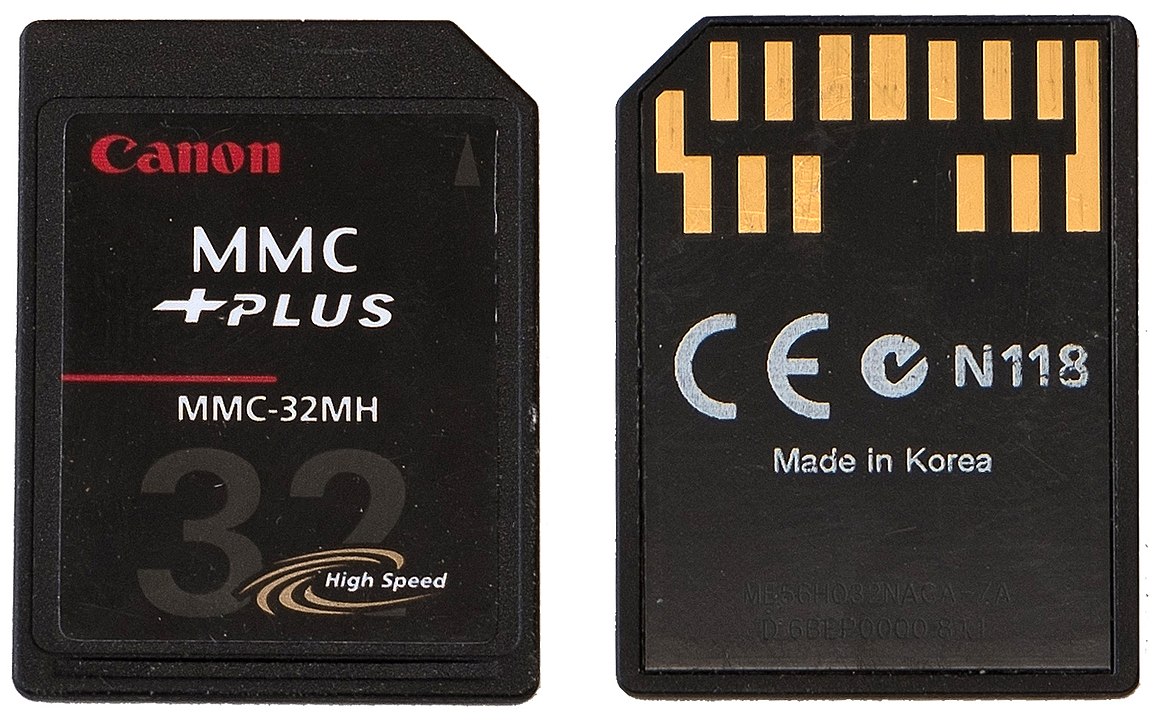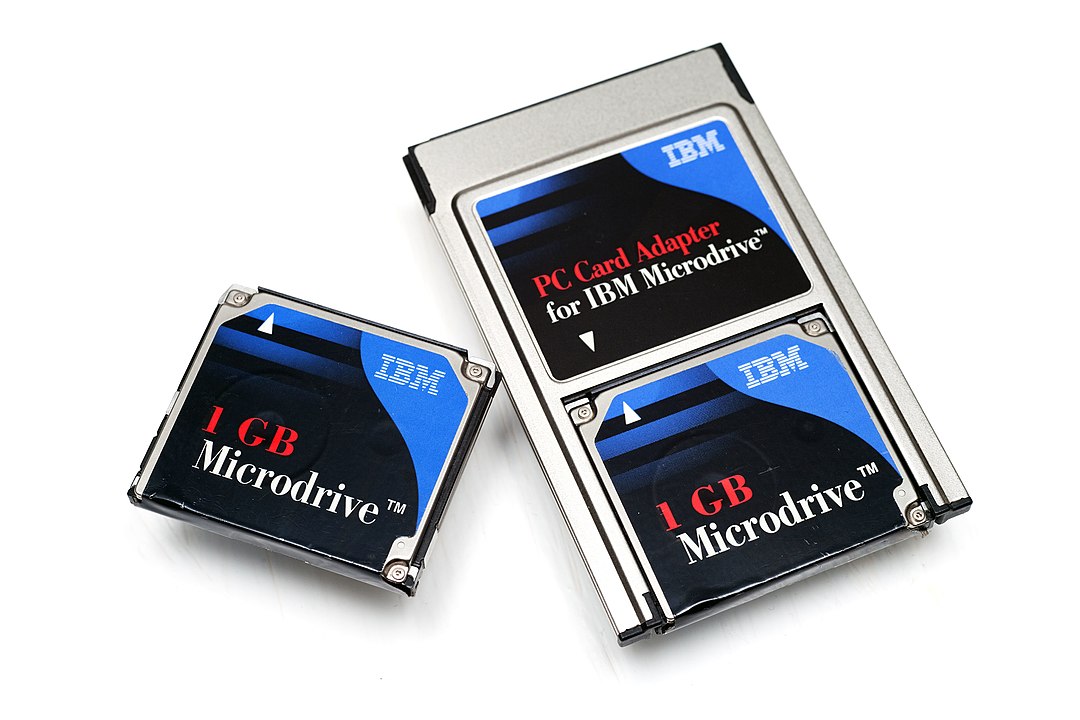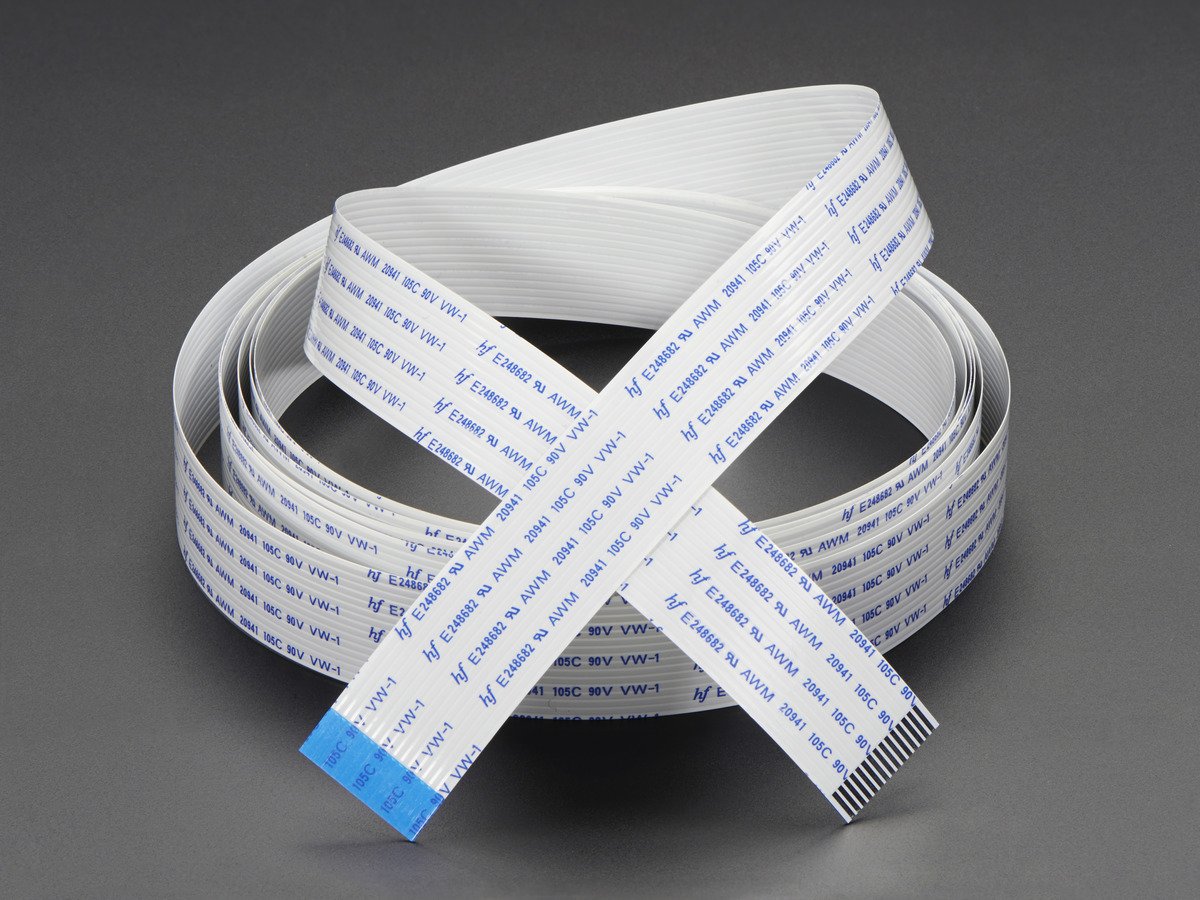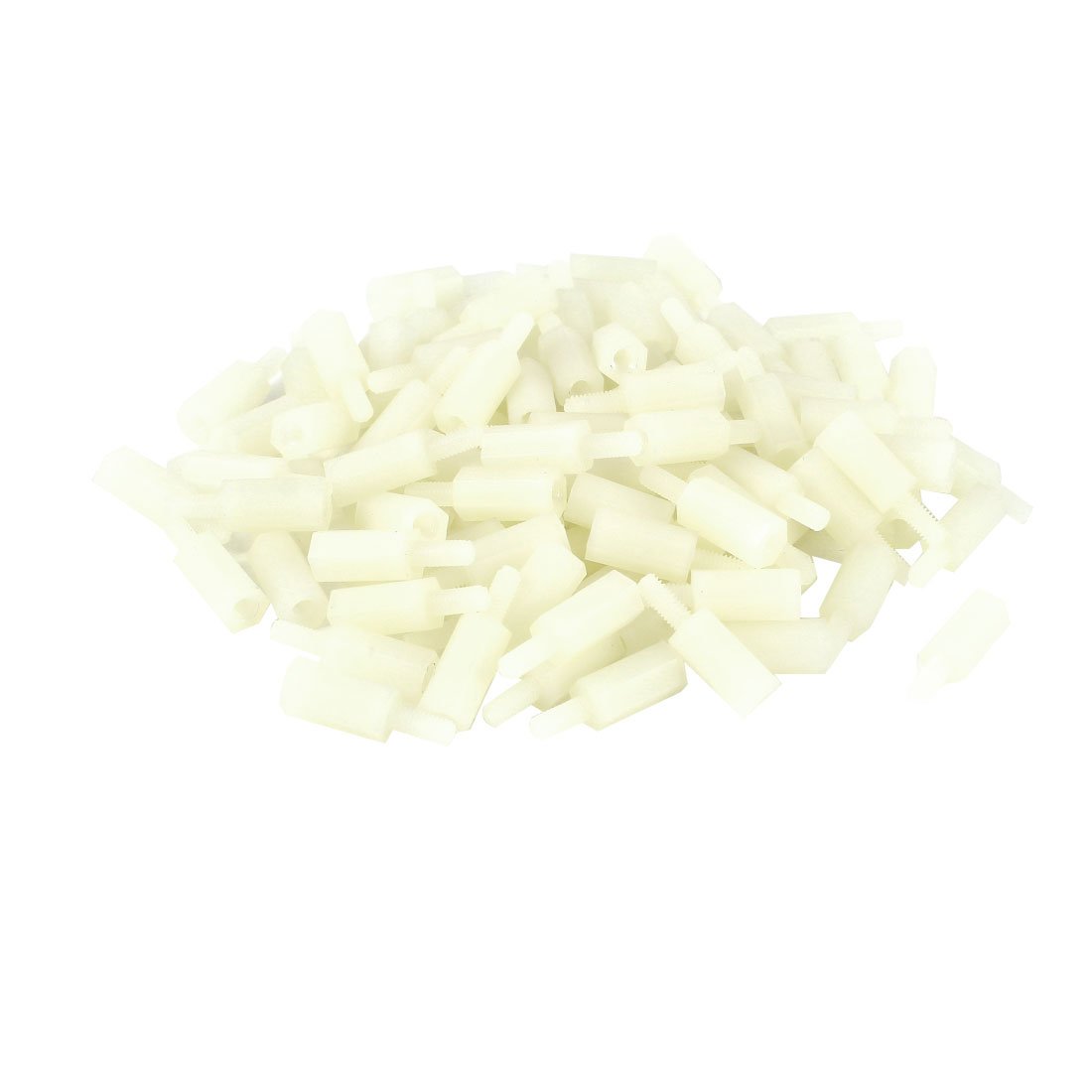; Date: Sat Nov 30 2019
Tags: Panasonic Lumix Cameras »»»» Digital Camera Repair »»»»
Maybe you've bought a used digital camera, or unearthed one from a drawer, and want to check that it works. Eagerly putting a handy SD card into the camera you might get a message like "MEMORY CARD ERROR PLEASE CHECK THE CARD", and you get the same message no matter how many SD cards you try. The solution might be simple. Modern SD cards are not always compatible with older digital cameras. Let's talk about what to do if your digital camera gives such an error.
In my case I have a Panasonic Lumix DMC-FZ7 that I just bought. It's amazing the deals that are available in the used camera market. Anyway, not thinking about it too much I popped in a handy SD card and got the above error message.
Putting the error message "MEMORY CARD ERROR PLEASE CHECK THE CARD" into a handy search engine, I came up with a suggestion I already knew. That older digital cameras were built before the SDHC standard was invented. Don't yawn because this is important. The SDHC standard is where SD cards became able to store more than 2 gigabytes of data - one of my cameras has a 128GB card, and you can thank the SDHC standard for this.
Older digital cameras that do not support SDHC are limited to 2GB memory cards. Modern SD cards do not work in all older digital cameras. The SD card format, or micro-SD card format, is not the only memory card that has been used for digital cameras.
I've had the same happen with other older digital cameras. I already knew about this issue, and had simply forgotten.
With this DMC-FZ7 the fix was simple. I had a 2GB SD card handy, and using that card I got this:
Notice that it says the card has a capacity for 643 images. That's about right for 6 megapixel images on a 2GB SD card.
But - the issue isn't limited to this. There is a general issue of which memory cards are compatible with what cameras. The SD card form factor is not the only memory card that was ever used. There were compact flash, xD cards, memory sticks, and other memory card formats used by devices of all stripes.
| Format | Min Size | Max Size | Typical FS |
|---|---|---|---|
| SD | 128 MB | 2 GB | FAT16 |
| SDHC | 2 GB | 32 GB | FAT32 |
| SDXC | 32 GB | 2 TB | FAT32 / exFAT |
| SDUC | 2 TB | 128 TB | exFAT |
What are memory cards
The general concept of a "memory card" is a removable device, in a "card" shaped format, for storing digital data. One would slide the memory card in and out of a computer as needed. Using a memory card means the device is not limited in how much data it can store. If you need to store more data, just slide in another memory card.
Over the years there have been several memory card formats. The sections which follow describe each known format, and the table above describes their capacities.
All the known memory card implementations use Flash Memory for the data storage.
SD Cards

The SDSC or Secure Digital Standard Capacity is the base for line of SD cards.
At the time the SD card format was developed, in 1999, there were several memory card formats widely used - Compact Flash, Multi Media Card (MMC), and Sony's Memory Stick. The SD card was developed to compete with Memory Stick.
SDHC Cards

The Secure Digital High Capacity (SDHC) format was announced in 2006. It covers cards up to 32GB in size.
SD and SDHC cards have the same physical form factor. SDHC cards are not compatible in equipment only supporting the SD standard. SDHC cards are shipped pre-formatted with a FAT32 file system.
SDXC Cards

The Secure Digital eXtended Capacity (SDXC) format was announced in 2009. It covers cards up to 2 TB in size.
SDUC Cards

The Secure Digital Ultra Capacity (SDUC) format was announced in 2018, and covers cards up to 128 TB in size.
MicroSD Cards
The microSD card form factor was developed when engineers at SanDisk and Motorola determined that regular SD cards would not work in cell phones. Obviously in cell phones space is at a premium, and the SD card format is too large for a cell phone. Therefore they developed the microSD form factor.
For the purpose of digital cameras - it seems that no digital cameras use microSD cards. However the industry has developed adapters - "SD Adapter for microSD". You slide the microSD card into the adapter and voila the microSD card can be used on an SD device.
MultiMediaCard

Earlier we said that the SD card format was developed from MMC or MultiMediaCard.
MMC cards use the same form factor as full size SD cards. And in most cases MMC cards can be used in SD Card devices. But SD cards cannot be used in MMC devices.
To be more accurate, there are several sizes of MMC cards. Regular MMC cards are the same size as SD cards, but other MMC cards are not. Regular MMC cards have a capacity up to 128 GB, but are very slow topping out at 20 MB/s. The MMCplus and SecureMMC formats are also compatible with SD cards, and offer a much higher transfer rate.
A variant, eMMC, or Embedded MultiMediaCard, is widely used in embedded devices.
xD Card - or eXtreme Digital
The xD-Picture Card is a flash memory card format used in some digital cameras made by Olympus and Fujifilm. It is no longer used in digital cameras, but you'll find older cameras that do use this format.
By 2009 both Olympus and Fujifilm stopped using the xD cards.
PCMCIA PC Card

The PCMCIA card is best known for interfaces like ethernet or USB3, but this form factor was originally developed for removable storage. The acronym PCMCIA stands for Personal Computer Memory Card International Association, so yes it was originally meant for memory cards.
Compact Flash

Compact Flash is a venerable memory card format going back to 1994. One can be excused for thinking that Compact Flash has been surpassed by SD Cards, but in truth Compact Flash is still in use in certain fields.
The original compact flash design used the Parallel ATA interface - which used to be a standard way for connecting regular disk drives to computers. In 2008 a variant, CFast or CompactFast, was developed based on the Serial ATA interface, which is also used for connecting regular disk drives to computers. In 2010/2011 yet another development of Compact Flash, the XQD Card, was developed which was based on the PCI Express interface.
The bottom line is that by using these interfaces modern Compact Flash is a lot faster than SD Cards. As a result modern Compact Flash is used in high end professional cameras where speed is a high priority. For example, Canon uses CompactFlash as the recording medium for its professional high-definition tapeless video cameras.
You'll find older digital cameras that use Compact Flash cards.
Memory Stick

The Memory Stick format was developed by Sony and launched in 1998. These devices are proprietary to Sony, and are not inter-compatible with other memory card standards. Memory stick formats are a different form factor, and use different recording format.
Now that the SD card has taken over the market even Sony is manufacturing devices that use SD cards. This is the Beta (Sony proprietary) versus VHS (Industry standard) debate all over again.
However Sony stuck with the memory stick format for quite awhile, and you'll therefore find used Sony devices that use these cards.











